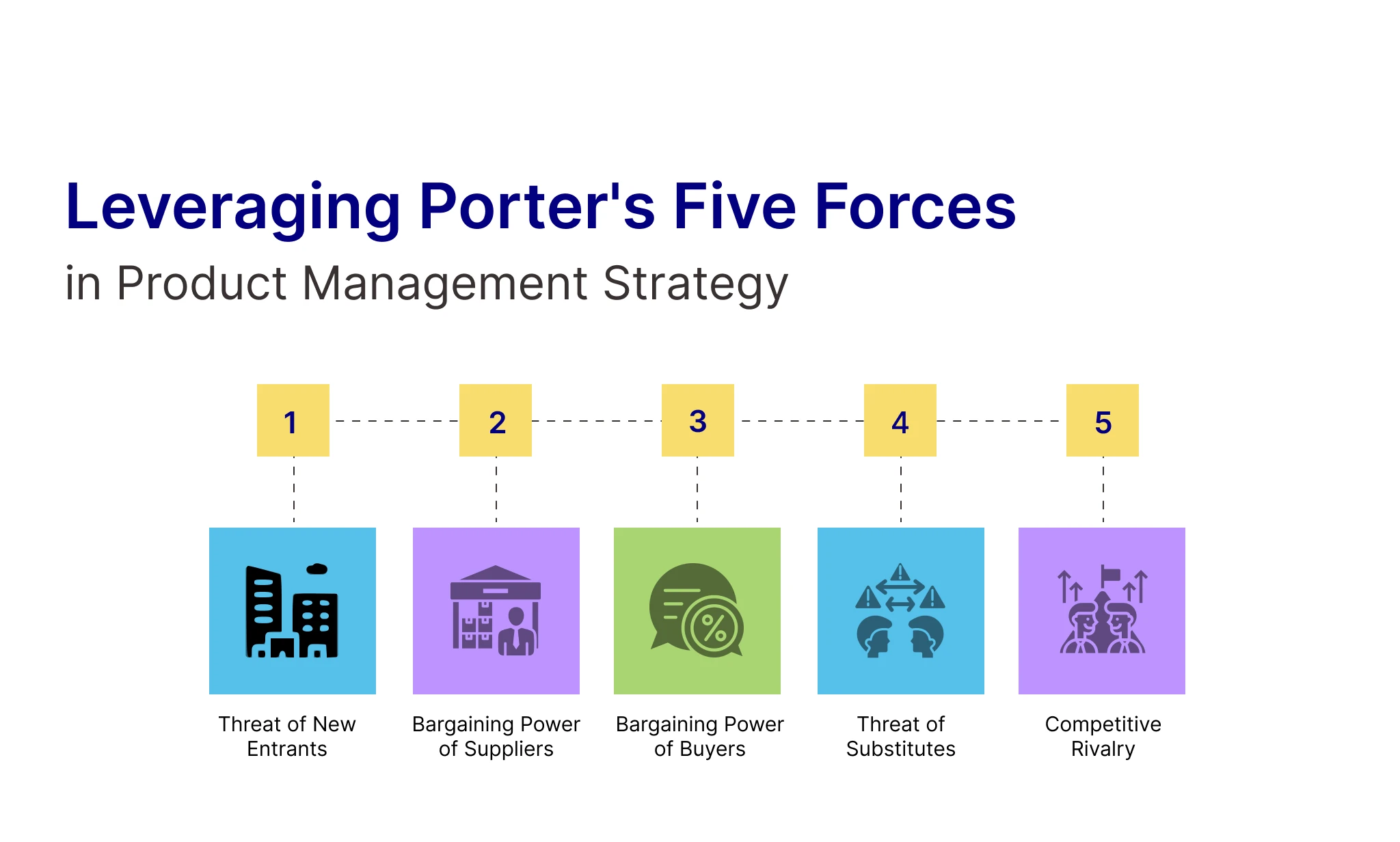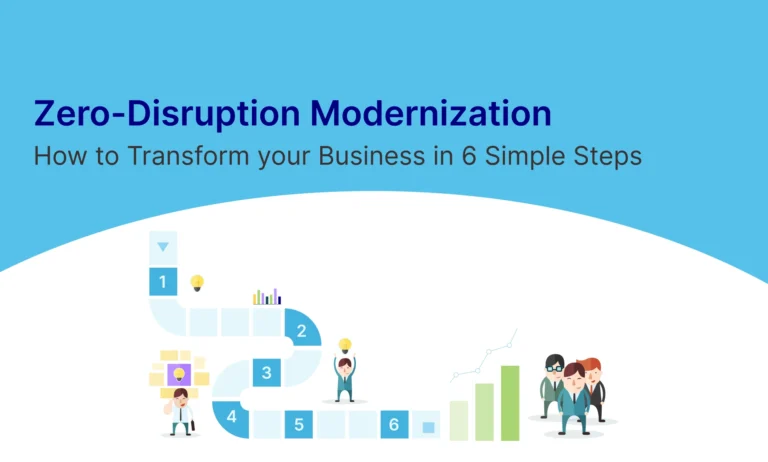Table of Contents
Abstract:
Porter’s Five Forces framework is a powerful tool that helps product managers analyze the competitive dynamics of an industry and formulate effective strategies to position their products for success. Originally introduced by Michael Porter in 1979, this framework provides a structured approach to understanding the forces that shape industry profitability and competitiveness. This article will explore how product managers can apply Porter’s Five Forces to make informed decisions and drive growth in their respective markets.

- Threat of New Entrants:
The first force in Porter’s framework assesses the likelihood of new competitors entering the market. Product managers need to consider barriers to entry such as economies of scale, capital requirements, and regulatory hurdles. By understanding the threat of new entrants, product managers can develop strategies to protect their market share and establish sustainable competitive advantages. This may involve investing in branding, technology, or customer loyalty programs to deter new entrants and maintain market dominance.
- Bargaining Power of Suppliers:
Suppliers’ bargaining power refers to suppliers’ influence over the prices and terms of supply. Product managers must assess the concentration of suppliers, availability of substitutes, and switching costs. In industries where suppliers hold significant power, product managers may need to negotiate favorable contracts, vertically integrate, or diversify their supplier base to mitigate risk and ensure a stable supply chain. By proactively managing supplier relationships, product managers can minimize costs and maintain quality standards.
- Bargaining Power of Buyers:
The bargaining power of buyers examines the influence that customers wield over prices and product quality. Product managers must understand customer preferences, price sensitivity, and the availability of alternative products. In highly competitive markets with numerous substitutes, buyers have greater bargaining power, putting pressure on prices and profit margins. To address this force, product managers can differentiate their products through innovation, customization, or superior service, thereby reducing buyer power and enhancing customer loyalty.
- Threat of Substitutes:
The threat of substitutes evaluates the availability of alternative products or services that could satisfy the same customer needs. Product managers need to identify substitute products, assess their quality and price competitiveness, and understand switching costs for customers. By anticipating potential substitutes and addressing gaps in their product offerings, product managers can mitigate the threat of substitutes and maintain customer loyalty. This may involve investing in product differentiation, branding, or customer experience to create barriers to entry for substitutes.
- Competitive Rivalry:
Competitive rivalry examines the intensity of competition among existing firms in the industry. Product managers must analyze factors such as market concentration, differentiation, and exit barriers. In highly competitive markets, product managers may need to continuously innovate, expand into new markets, or form strategic alliances to gain a competitive edge. By monitoring competitive dynamics and adapting their strategies accordingly, product managers can stay ahead of rivals and capture market share.
Use case – Microsoft Corporation’s five forces

- Bargaining Power of Buyers (Customers):
- Strength: Moderate.
- Explanation: The moderate cost of doing business and moderate switching costs suggest that buyers have some leverage, but it is not excessively strong. However, the high quality of information provided by Microsoft could enhance customer loyalty and reduce their bargaining power to some extent.
- Threat of New Entrants:
- Strength: Weak.
- Explanation: The high cost of brand development acts as a barrier to entry for new competitors. Additionally, the moderate cost of doing business and moderate switching costs further deter new entrants. Overall, the threat of new entrants is relatively low.
- Bargaining Power of Suppliers:
- Strength: Moderate.
- Explanation: The moderate cost of doing business suggests that suppliers may have some leverage, but it is not overly strong. However, Microsoft’s strong brand and market position could give it some negotiating power with suppliers.
- Threat of Substitutes:
- Strength: Weak to Moderate.
- Explanation: While there is low substitute availability, indicating limited alternatives for customers, the moderate switching costs suggest that customers may have some flexibility to consider substitutes. However, the high quality of information provided by Microsoft could make its products and services less substitutable, reducing the overall threat.
Overall, Microsoft Corporation faces relatively weak to moderate forces across most aspects of Porter’s Five Forces analysis. The company’s strong brand, high-quality information, and market position act as mitigating factors against potential threats such as buyer power and the threat of substitutes. However, maintaining competitiveness and innovation remains crucial in navigating these forces effectively.
Conclusion:
Porter’s Five Forces framework provides product managers with a systematic approach to analyzing industry dynamics and formulating effective strategies to navigate competitive landscapes. By understanding the forces that shape industry profitability and competitiveness, product managers can identify growth opportunities, mitigate risks, and differentiate their products in the market. By leveraging Porter’s Five Forces, product managers can make informed decisions that drive long-term success and create value for their organizations.








